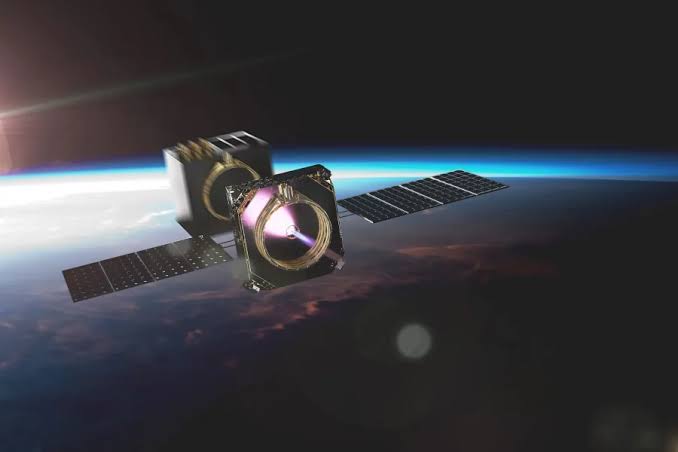Russia Developing Nuclear – Powered Space Tug To Ferry Interstellar Stations

The Zeus unmanned nuclear-powered space tug, which is currently under development in Russia, would be delivering an interstellar space station to the planets of the Solar System while cosmonauts would be flying to the station separately due to long flights, Dmitry Rogozin, the former head of Russian space agency ROSCOSMOS, has told Sputnik.
“We are currently discussing the expediency of delivering a crew to the point where the tug arrives while using conventional chemical engines on a super-heavy-class rocket. Thus, the people would not have to suffer while flying one way for a year aboard this space tug. In other words, if you wish to catch a train, you have to take a plane,” Rogozin said.
He further explained that crews would be more comfortable flying on “traditional means” until more powerful engines are developed than those planned to be used in the Zeus nuclear-powered space tug.
Rogozin added that the breaking of the space tug would be as long as the acceleration; therefore, the station pushed by the space tug would be more effective for flights to distant planets rather than the Moon.
S P Korolev Rocket and Space Corporation Energia is currently preparing a preliminary design of the Russian Orbital Service Station (ROSS) and is expected to complete it in the third quarter of 2023, after which it will begin the development of design documentation. The station is expected to be built in a high-latitude orbit with an inclination of 96-98 degrees to ensure the desirable observation scale of the Earth’s surface.
The Zeus nuclear-powered space tug is designed for deep space flights from one orbit to another. It has been in development since 2010. The spacecraft’s preliminary design is expected to be finished by July 2024 and will cost 4.2 billion roubles ($56.3 million). Zeus is expected to be sent into space for test flights in 2030.
The first mission of Zeus to Jupiter will take 50 months and will last from 2030 to 2034. Zeus and the payload module will be launched into orbit from the Vostochny Cosmodrome on separate launch vehicles. They will dock, travel to the Moon, orbit it and return to Earth. After that, another payload module will dock Zeus and the station will fly to Venus, make a gravity manoeuvre, and head for Jupiter’s moons. The mission will be fully unmanned.




